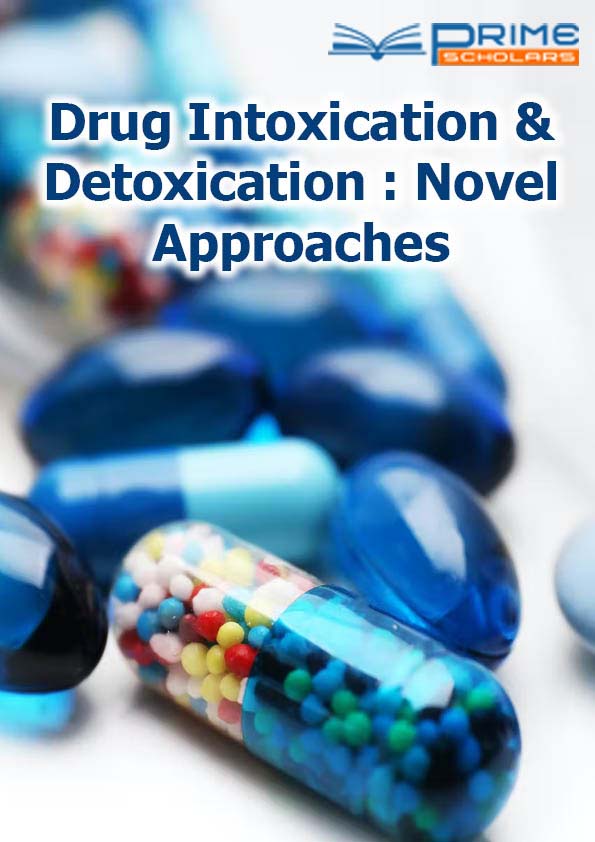Commentary - (2025) Volume 6, Issue 2
Liposomes: Versatile Nano carriers Revolutionizing Drug Delivery
Hana Ren*
Department of Molecular Therapy, Sophia University, Tokyo, Japan
*Correspondence:
Hana Ren, Department of Molecular Therapy, Sophia University, Tokyo,
Japan,
Email:
Received: 14-May-2024, Manuscript No. DIDNA-24-19862;
Editor assigned: 16-May-2024, Pre QC No. DIDNA-24-19862 (PQ);
Reviewed: 30-May-2024, QC No. DIDNA-24-19862;
Revised: 13-Jun-2025, Manuscript No. DIDNA-24-19862 (R);
Published:
20-Jun-2025, DOI: 10.36648/DIDNA.6.2.53
Description
In the ever-evolving landscape of pharmaceuticals, researchers are constantly seeking innovative approaches to enhance drug efficacy, reduce side effects and improve patient outcomes. Among the myriad of drug delivery systems, liposomes have emerged as versatile nano carriers with immense potential to revolutionize the way we administer therapeutics. In this article, we delve into the fascinating world of liposomes, exploring their structure, properties, applications and the transformative impact they are having on modern medicine. Liposomes are spherical vesicles composed of one or more lipid bilayers surrounding an aqueous core. These self-assembled structures can range in size from tens to hundreds of nanometres, making them ideal candidates for drug delivery applications. Liposomes are typically classified based on their size, lamellarity (number of lipid bilayers), and composition, which can vary depending on the intended application and desired properties. The structure of liposomes is reminiscent of biological membranes, with a hydrophilic exterior and a hydrophobic interior. This amphiphilic nature allows liposomes to encapsulate both hydrophilic and hydrophobic drugs within their aqueous core and lipid bilayers, respectively. Additionally, the lipid composition of liposomes can be tailored to modulate their stability, drug release kinetics and targeting capabilities. Liposomes are biocompatible and biodegradable, minimizing the risk of adverse reactions and toxicity in the body. Liposomes can encapsulate a wide range of drugs, including small molecules, peptides, proteins, nucleic acids and imaging agents, making them suitable for diverse therapeutic and diagnostic applications. Surface modification of liposomes with targeting ligands, antibodies or peptides allows for specific recognition and binding to diseased cells or tissues, enabling targeted drug delivery and minimizing off-target effects. Liposomes can be engineered to release drugs in a controlled manner, either through passive diffusion or stimuli-responsive mechanisms, offering precise control over drug release kinetics and pharmacokinetics. Liposomes have found applications across a wide range of therapeutic areas, including oncology, infectious diseases, inflammatory disorders and cardiovascular diseases. In oncology, liposomal formulations of chemotherapeutic agents such as doxorubicin and paclitaxel have been developed to improve drug solubility, reduce systemic toxicity and enhance tumour targeting. In infectious diseases, liposomes can deliver antimicrobial agents to infected tissues or cells, overcoming barriers such as biofilm formation and drug resistance. Liposomal formulations of antibiotics, antifungals and antivirals have shown promise in treating bacterial infections, fungal infections and viral diseases. Recent advances in liposome technology have focused on enhancing their stability, targeting efficiency and cargo-loading capacity. Strategies such as surface functionalization with polyethylene glycol (PEGylating), incorporation of fusogenic lipids and utilization of stimuli-responsive lipids are being explored to improve liposome performance in vivo. By leveraging advances in nanotechnology, materials science and molecular biology, researchers are poised to unlock new frontiers in drug delivery and reshape the landscape of healthcare. Liposomes represent a paradigm shift in drug delivery, offering unparalleled versatility, precision and efficiency in the administration of therapeutics. From targeted cancer therapy to infectious disease treatment, the potential applications of liposome-based drug delivery systems are vast and farreaching. As scientists continue to push the boundaries of innovation and translate research findings into clinical reality, we can expect liposomes to play an increasingly prominent role in shaping the future of medicine and improving patient care worldwide.
Citation: Ren H (2025) Liposomes: Versatile Nano carriers Revolutionizing Drug Delivery. Drug Intox Detox: Novel
Approaches. 6:53.
Copyright: © 2025 Ren H. This is an open-access article distributed under the terms of the Creative Commons
Attribution License, which permits unrestricted use, distribution, and reproduction in any medium, provided the original author
and source are credited.
